The start of January offers a unique opportunity to refresh your teaching approach, rekindle connections with students, and set the tone for a successful year ahead. With the holiday buzz behind us and a clean slate ahead, this is the perfect time to refocus and re-energize. Here are practical tips to make January a month of growth, inspiration, and momentum.
1. Reflect on Last Year’s Wins and Challenges
January is a natural time for reflection. Take a moment to consider:
- What worked well? Did your classroom routines, teaching strategies, or certain activities engage students effectively?
- What could improve? Identify areas that caused stress or didn’t yield the results you hoped for.
Jot down three things you’re proud of and three goals you’d like to achieve in the coming months. This will give you clarity and a sense of direction.
2. Reconnect with Your Students
The post-break transition can be a little bumpy for students (and teachers!). Ease back into the school routine by prioritizing connection:
- Morning Meetings: Reinforce classroom community by starting each day with a circle time or check-in where students can share about their holiday experiences.
- Goal-Setting Activities: Encourage students to set their own learning and personal goals for the new year, fostering ownership of their progress.

3. Refresh Classroom Routines
January is a great time to revisit and reinforce classroom norms and expectations:
- Reintroduce Procedures: Spend time reviewing rules, routines, and expectations to set a positive tone.
- Update Your Space: Rearrange desks, organize materials, or add a new bulletin board to breathe fresh life into your classroom.
- Incorporate New Tools: Experiment with new apps, teaching strategies, or lesson formats to keep things dynamic.
4. Infuse Lessons with New Year Themes
Engage students with activities that tie into the spirit of the new year:
- Writing Prompts: Have students write letters to their future selves or craft resolutions related to academics, kindness, or hobbies.
- Math Challenges: Use the concept of “countdowns” or “goal tracking” to practice math skills with real-world applications.
- Science Experiments: Explore themes like growth, change, or time through simple, engaging experiments.
5. Foster a Growth Mindset
The new year is an ideal time to reinforce the idea that progress is more important than perfection:
- Highlight Effort: Create a “Growth Board” to showcase moments where students demonstrated persistence or resilience.
- Teach Goal-Setting Skills: Introduce strategies like breaking goals into smaller steps and tracking progress to empower students.
Model Growth: Share your own goals and the steps you’re taking to achieve them, showing students that even teachers are lifelong learners.

6. Prioritize Your Well-Being
A refreshed teacher is a more effective teacher. As you dive into January, remember to:
- Set Boundaries: Commit to work-life balance by setting specific times for grading and lesson planning.
- Stay Active: Movement, whether it’s a walk, yoga, or hitting the gym, can boost your energy and mood.
- Celebrate Small Wins: Acknowledge progress—both yours and your students’—to maintain motivation throughout the month.
7. Plan for Long-Term Success
January is the time to map out the rest of the school year with purpose:
- Big Picture Planning: Outline your goals for the semester, breaking them into actionable steps.
- Engaging Projects: Start brainstorming themes for upcoming units, hands-on projects, or class events.
- Parent Engagement: Strengthen communication with parents by updating them on classroom plans and encouraging collaboration.
8. Keep the Momentum Going
January is about building habits that carry you through the rest of the year:
- Create a Gratitude Jar: Start a classroom tradition where students write down something they’re grateful for each week.
- Weekly Highlights: End each week by celebrating successes and reflecting on lessons learned.
- Incorporate Fun: Add elements of surprise or joy—like a “mystery guest” reader, themed dress-up days, or a spontaneous mini-celebration.
Conclusion
January is more than just a month—it’s an opportunity to set a positive, purposeful foundation for the rest of the school year. By reflecting, refreshing, and re-energizing, you can make this a time of growth for both you and your students.
Here’s to a new year filled with inspiration, connection, and success. You’ve got this!


